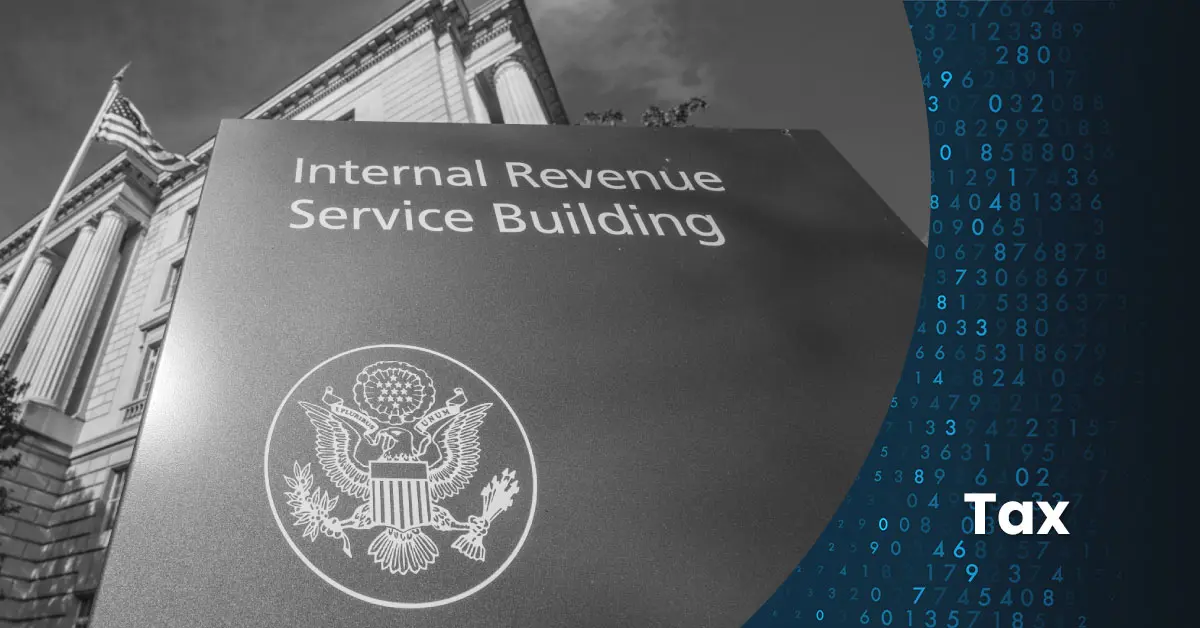By Alexander Narcise, Mike Kroll, Eliezer Gross, Christopher Gati, Caitlin Macaluso
The past few years of pandemic recovery, rising inflation and interest rates, and legislative changes have created tremendous shifts and challenging obstacles within the real estate industry. As economic uncertainty applies pressure to sources of traditional capital, the industry is turning to private capital and small and regional banks, while managing a decline in government funding.
Small and regional banks remain a significant source of real estate capital
Though rising interest rates and inflation have exerted pressure on small and regional banks, these institutions continue to be a large source of capital for real estate. Banks have remained the top non-agency lending group, accounting for 41.1% of first-quarter loan volume, according to CBRE’s Q1 Lending Momentum Index. The degree of investment from small and regional banks has grown steadily over the last few years and is up 7% from last year, according to MSCI’s U.S. Capital Trends Report. This trend is expected to continue as the rate of investment has tripled over the last decade. Small and regional bank investment has proven most significant for hotel and retail real estate, which can attribute 70% and 50%, respectively, of its capital to these banks, according to MSCI.
Government funding is declining
In 2022, real estate funding programs like commercial property-assessed clean energy financing and the Inflation Reduction Act introduced several capital options to residential and commercial real estate developers and property owners. However, these programs require adherence to clean energy and sustainability regulations, meaning they are not a realistic source of capital for all real estate companies. And while government funding buoyed real estate financing with loans, subsidies and tax breaks over the last few years, particularly in response to the COVID-19, an emerging fiscally restrictive House of Representatives could turn the tide on government funding as a source of capital for real estate. The expiration of legislation like the Employee Retention Credit and regional multifamily housing grants in 2023 could explain steadily decreasing government funding influence, and with the U.S. government’s debt ceiling set to expire, the potential for federal legislation to enable funding to real estate could be further diminished.
Private funds are gaining momentum
As economic uncertainty continues to impact the real estate market, risk-averse investors, particularly those investing in uncertain markets like office real estate, are scaling back their investments. This drives down valuations and creates opportunities for high-net-worth individuals (HNWIs) with a higher tolerance for risk. These HNWIs are equipped with long cash runways that allow them to take advantage of low valuations for a much higher potential payoff when the market rebounds.
Private real estate funds are a fairly significant source of capital as well. To date, private real estate has raised $63 billion across 141 funds, compared to $186 billion across 587 funds in 2022, according to Preqin. Also, according to the MSCI report, private money as a whole has taken a larger share of the capital market than in years prior, marking the third consecutive year of growth. This growth could be a result of higher potential returns on investments as well as a reaction to traditional lenders decreasing loan-to-value ratios.
To succeed in an uncertain and volatile economic environment, the industry leaders should consider looking for capital where it’s currently available—not necessarily from the same sources as in the past. Real estate companies in search of funding are more likely to explore private capital as it takes a larger share of the market. The industry will also need to contend with declining government funding and can look to small and regional banks for capital even as they combat rising interest rates and inflation.
Finally, as investors tweak their strategies and adjust their portfolios in response to economic uncertainty, the industry will need to navigate the financial implications of these adjustments. Today’s challenging economic landscape requires that real estate firms take a creative, nimble approach to identifying capital sources and securing the financing they need to grow.

 Previous
Previous






